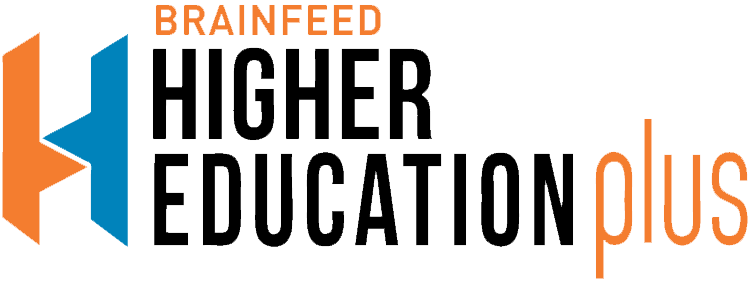After doing BAMS what options are available for doctors in this field?
The education is to develop the skill and competence of a student to become a successful and confident physician to cater the problems of the society. We have four pillars of the system- firstly, the healthcare delivery, which is the curative aspect. The second is drug because unlike other systems, in Ayurveda the physician knows the manufacturing mechanisms of drugs. He can continue to work in any of 9000 drug manufacturing unit across the country or become an entrepreneur with his own manufacturing unit.
The third and another important aspect, is research which is in great demand and several pharmaceutical firms are motivating and recruiting more and more scholars for drug development. And the last, but not the least is the education because across the globe everyone is attracted to this noble science. Outside India people don’t want the drugs, or the treatment, but foremost thing that they want, is to understand what this indigenous science is. Hence, the learning and teaching has a huge opportunity in this field not only in India, but also all over the world. Because for the next ten years it is the Ayurvedic academia which will be in more demand, and all the students of Ayurveda will get placed under any of these four pillars.
How does AIIA aim to bring a synergy between traditional wisdom of Ayurveda and modern tools and technology?
This autonomous institution under the Ministry of AYUSH itself has been set up with the vision of developing this centre of excellence in Ayuveda education and research, in tertiary care with the holistic protocol in Ayurveda. If one visits our hospital we have speciality clinic in the strengths of Ayurveda, such as lifestyle diseases, neuro-muscular diseases. This is a centre of Ayurveda holistically treating with methods like Panchakarma, Bio-purification, Counseling, Yoga and Meditation. To bring a synergy between traditional knowledge and modern tools, we use all modern scientific tools to diagnose.
This also increases the faith of the patients that with tradition, science is amalgamated and at the same time is useful. For example, for diabetes we would conduct the HbA1c test as a marker and afterwards treat with Ayurvedic process. Similarly, XRays, MRI, CT Scans, laboratory etc. involves western diagnostics techniques but the protocol of treatment is absolutely carried in accordance to Ayurvedic practices. Coming to education and research which is our main domain and objective, we have an infrastructure of 12 exclusive laboratories for drug research, fundamental research, and applied research. So whatever classical claims we have till now, we are creating evidences for them to justify our claim in the current perspective.
Do you think the curriculum needs to be revised in Ayurveda?
Actually in any system of medicine, the curriculum and the syllabi includes a dynamic process because our fundamental principles are Shashwat (eternal) but theories and practices should be changed which are relevant to the time. Hence, the curriculum needs amendment to make it relevant according to the need of the hour. All the recent updates, researches, even researches including modern technologies needs to be understood by the Ayurveda scholar as well. So the curriculum and syllabi which was followed fifty years ago may not be suitable for this era. That is why, it should be amended rather than changed, which is precisely the reason is why every five years the AYUSH Ministry is facilitating the amendment curriculum and syllabi.
Do you think Ayurveda is somewhere not yet streamlined because of the people’s perception towards it?
This was mindset of the people ten years back but now the ideology of people has shifted. With the introduction of initiatives by Government of India like Digital India, Smart Governance, a synergy has been brought between tradition and modern advances, that is amalgamation of Ayurvedic and Panchakarma procedures, with Biotechnology, Biomedical engineering. There has been advancement in the technology, in the drug delivery mechanism which has become now more user friendly.
To an extent people’s acceptance has increased now because of the adverse effects and safety aspects. Because of this growth, the career opportunities have increased, hence more students are opting for career in this field. Since the competition is still less as compared to other degrees in medical sciences, the growth opportunity is more in Ayurveda in India and abroad. With people’s acceptance towards Ayurveda, any Ayurveda Specialist now prefers to call himself/ herself as Vaidya.
What steps the AYUSH Ministry has taken to streamline the ancient life science?
Ayurveda is being promoted and propagated in a mission mode, which is one of the main aim of Ministry of AYUSH, along with main streaming of Ayurveda in services and academia. To achieve these goals more stand alone Ayurveda facilities are constructed in the rural areas and peripheral sectors. And for the integrated infrastructure, in the already established units, an Ayurveda cell is being set up for reaching out to more people by the ministry.






















































